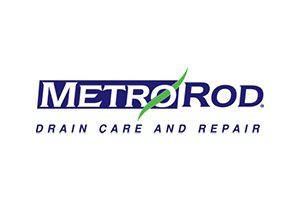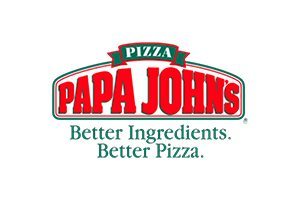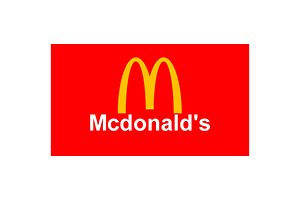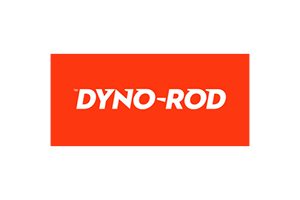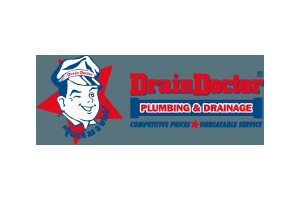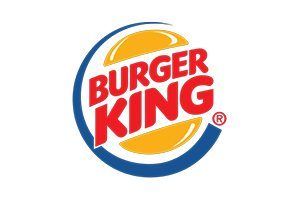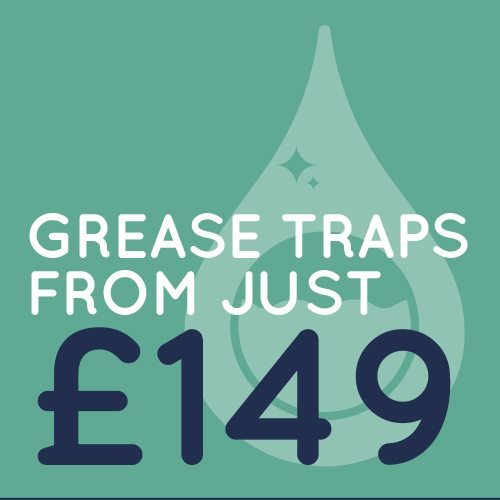In this blog, we focus on the types of grease traps available to consumers, what to look out for and how we can help. Grease traps, also known as grease interceptors or fat traps, are essential parts of commercial kitchen waste management systems. They prevent fats, oils and greases from entering the municipal sewage system. As sewage, they can cause blockages in pipes and other problems.
Grease traps come in a variety of types and sizes to suit different applications. They range from small waste grease traps for smaller commercial kitchens to large grease separators for industrial grease management.
Types of Grease Traps: Passive
Passive grease traps are the simplest form of grease trap. They work by holding the grease in a container or settling chamber. Here, the grease is able to cool and separate from water over time. These systems require regular manual maintenance but can be effective if used in the correct applications.
BUY THE RIGHT GREASE TRAP FOR YOU HERE
Automatic grease trap interceptors are an advanced type of grease management system that automatically removes grease from wastewater before it enters the sewage system. These systems utilize in-line filtration to capture grease and oil particles, allowing only water to pass through.
Types of Grease traps: Automatic Grease Trap Interceptors
Automatic grease trap interceptors are often used in large commercial kitchens where a high grease output is produced.
Outdoor grease traps are primarily used in outdoor grease management applications. They work by capturing grease particles from wastewater at the source. Most outdoor grease traps are designed with a large capacity. This allows them to be used for extended periods without needing to be emptied or serviced.
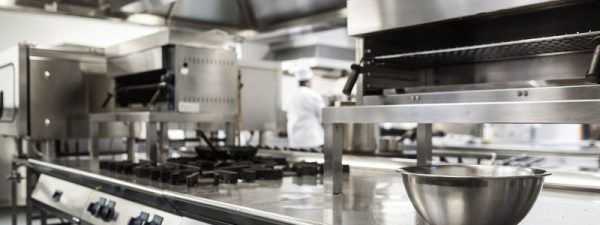
Underground grease traps serve as more of a grease management system than a grease trap. They are designed to capture grease particles before they enter the sewage system.
These systems utilize grease-fighting additives and specialized filtration media. This breaks down grease particles and allows only water to pass through. Underground grease traps can be used in conjunction with other grease management devices for maximum effectiveness.
Types of Grease Traps: Different Grease Problems
Regardless of the types of grease traps, grease management is essential for preventing grease-related problems in commercial kitchens. Regular maintenance and servicing of grease traps can help ensure that they are working effectively and efficiently.
Grease traps should also be inspected by a qualified technician on a regular basis to ensure that all parts are functioning properly. Doing so will help prevent blockages, grease buildup, and other grease-related problems.
BUY THE RIGHT GREASE TRAP FOR YOU HERE
By investing in the right grease trap for your commercial kitchen needs, you can ensure that grease is kept out of the municipal sewage system, helping to protect both public health and the environment.
Grease traps are an essential part of any commercial kitchen waste management system, so it’s important to choose the right grease trap for your business. By doing so, you can help protect the environment and prevent costly grease-related problems in your kitchen.
Types Of Grease Traps
Are you a restaurant owner looking for the perfect type of grease trap to ensure that your kitchen is running efficiently and cleanly? Grease traps are essential for preventing oil, fat, and grease from entering sewer systems or septic tanks. Not all grease traps are created equal. There are several different types of grease traps that work in various ways. They have unique benefits depending on where they are installed.
In this blog post, we go over the types of grease traps available so you can make an informed decision. We discuss in-sink passive devices as well as automatic interceptors and outdoor/underground-based solutions. No matter what kind of kitchen setup you have, this guide helps equip you with knowledge. It helps you understand which contraption works best for maintaining a clean workplace environment. Finally, the blog also shows which grease traps conform to regulations governing environmental waste management. So, if fussing over fittings has left you stumped about how to keep your kitchen hygienic, let us enlighten—and educate—you!
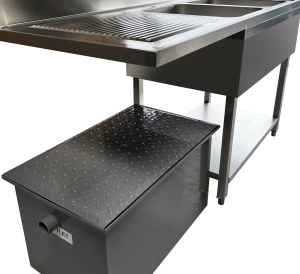
Overview of Grease Management Devices
Grease management devices are essential tools for maintaining the cleanliness and functionality of commercial kitchen environments. These devices come in a variety of types and sizes, each with their unique benefits and applications. From manual grease traps to automated systems, there is no shortage of types of grease traps available to meet the specific needs of any kitchen.
With proper use and maintenance, these devices can help to prevent hazardous build-ups of grease and oil, ensuring a safe and hygienic work environment for staff and customers alike. Choosing the right grease management option requires careful consideration of factors such as volume of waste generated, available space, and local regulations. By investing in a high-quality grease management device, kitchen owners can demonstrate their commitment to safety, sustainability, and responsible waste management practices.
BUY THE RIGHT GREASE TRAP FOR YOU HERE
Types of Grease Traps and Their Benefits
As a professional in the hospitality industry, it’s crucial to understand the different types of grease traps available. Also, consider the benefits grease traps provide. Firstly, passive gravity grease traps are popular in low-volume kitchens. They work by slowing down the flow of water and allowing grease to float to the surface and drain off. Secondly, automatic grease interceptors are ideal for high-volume commercial kitchens. They can handle larger quantities of grease and operate continuously. They also have monitoring systems to alert when maintenance is required. Finally, the use of a combination grease interceptor can cater for both low and high-volume kitchens. This ensures that your establishment remains compliant with regulations.
Whatever your kitchen requirements, investing in a quality grease trap will not only save you money in maintenance costs but will also prevent the environmental hazards associated with improper grease disposal.
a. Passive Under Sink Grease Traps
Passive under sink grease traps have become increasingly popular in commercial kitchens and restaurants. This is due to their effectiveness in trapping solid food waste and preventing clogs in drain lines. These fat traps work by separating grease and solids from wastewater, allowing only clean water to flow through. A passive grease trap is an efficient and low-maintenance solution for managing grease buildup in your kitchen. It is vital to ensure compliance with local codes and regulations.
With the right installation and maintenance, a passive grease trap can help you reduce costs, prevent environmental damage, and keep your customers satisfied. Trust in the efficiency of these products, and your plumbing system will benefit from it for years to come.
b. Automatic Grease Trap Interceptors
When it comes to commercial kitchens, grease traps are a necessity. They prevent fats, oils, and grease from entering the sewer system, causing blockages and environmental damage. However, traditional types of grease traps require regular maintenance and cleaning, which can be time-consuming and costly. This is where automatic grease trap interceptors come in. These innovative devices use sensors and algorithms to automatically remove grease and other contaminants from wastewater.
Not only do they improve the efficiency of your kitchen’s wastewater management, but they can also save you money in the long run by reducing maintenance costs. With an automatic grease trap interceptor, you can be confident that your kitchen is not only compliant with regulations but also environmentally responsible.
c. Outdoor & Underground Grease Traps
When it comes to managing waste from restaurant kitchens, grease is one of the biggest culprits. That’s where outdoor and underground grease traps come into play. These systems are designed to capture and contain grease, preventing it from clogging up pipes and causing potential environmental harm.
If you’re in the food service industry, it’s important to invest in a reliable grease trap system. Doing so ensures compliance with local regulations. Equally, you can avoid costly plumbing issues. As experts in the field, we can confidently recommend outdoor and underground grease traps as a reliable and effective solution for managing kitchen grease. Let us help you find the right system for your restaurant’s unique needs.
Types of Grease Traps: Installation and Maintenance Tips for Maximizing the Efficiency
When it comes to the efficient operation of a commercial kitchen, maintaining clean and well-functioning grease traps is integral. The greasy waste produced during cooking and cleaning can wreak havoc on plumbing and cause unpleasant odours if not properly disposed of, making grease traps crucial in ensuring an effective and healthy workplace.
By following some installation and maintenance tips, you can maximize the efficiency of your grease traps:
- Ensure proper installation.
- Conduct regular inspections and cleanings.
- Avoid pouring grease and oil down drains.
- Use suitable cleaning agents.
By taking these steps, you can enjoy a smoothly running kitchen with minimal disruption and without any unpleasant surprises.
Reasons You Should Invest in Professional Maintenance for Your Grease Traps
As a restaurant owner or manager, it’s crucial to keep your grease traps in top working condition. Investing in professional maintenance for your grease traps is a smart move that can save you time, money, and hassle in the long run. A well-maintained trap prevents clogs and backups, which can cause costly damage to your plumbing and equipment.
It also helps ensure compliance with local health codes, protecting your business from fines and legal issues. With professional maintenance, you can rest assured that your grease traps are being properly cleaned, inspected, and maintained. Trusting the experts means you can focus on running your business with confidence.
Types of Grease Traps: Benefits of a Properly Installed and Maintained System
As a food service provider, ensuring that your grease trap system is properly installed and maintained is crucial to the health and safety of your staff, customers, and the environment. A well-functioning grease trap system prevents the buildup of fats, oils, and grease (FOG) in your plumbing system, preventing costly blockages and sewage overflow. Additionally, regular maintenance of your grease trap system extends the life of your equipment and prevents the attraction of pests.
With our expertise in grease trap installation and maintenance, we can assure you that your system will comply with local regulations and provide optimal efficiency. Trust us to take care of your grease trap system, and you can focus on delivering delicious meals to your patrons with peace of mind.
Grease traps are an invaluable component of any kitchen or commercial operation. With all the different grease management devices available, it’s important to understand the types and benefits of each so that you can make an informed decision when selecting the one that’s right for you.
Passive under sink grease traps, automatic grease trap interceptors, and outdoor and underground grease traps can all serve different purposes in different scenarios. No matter which type you decide to go with, proper installation, maintenance practices, and regularly scheduled professional maintenance will ensure your grease trap system is working at its full potential. This provides maximum protection for your plumbing system. Ultimately, investing in quality types of grease traps will provide lasting returns on investment. It reduces harmful waste build-up that strains the wastewater process. It also allows your business to comply with local regulations.

